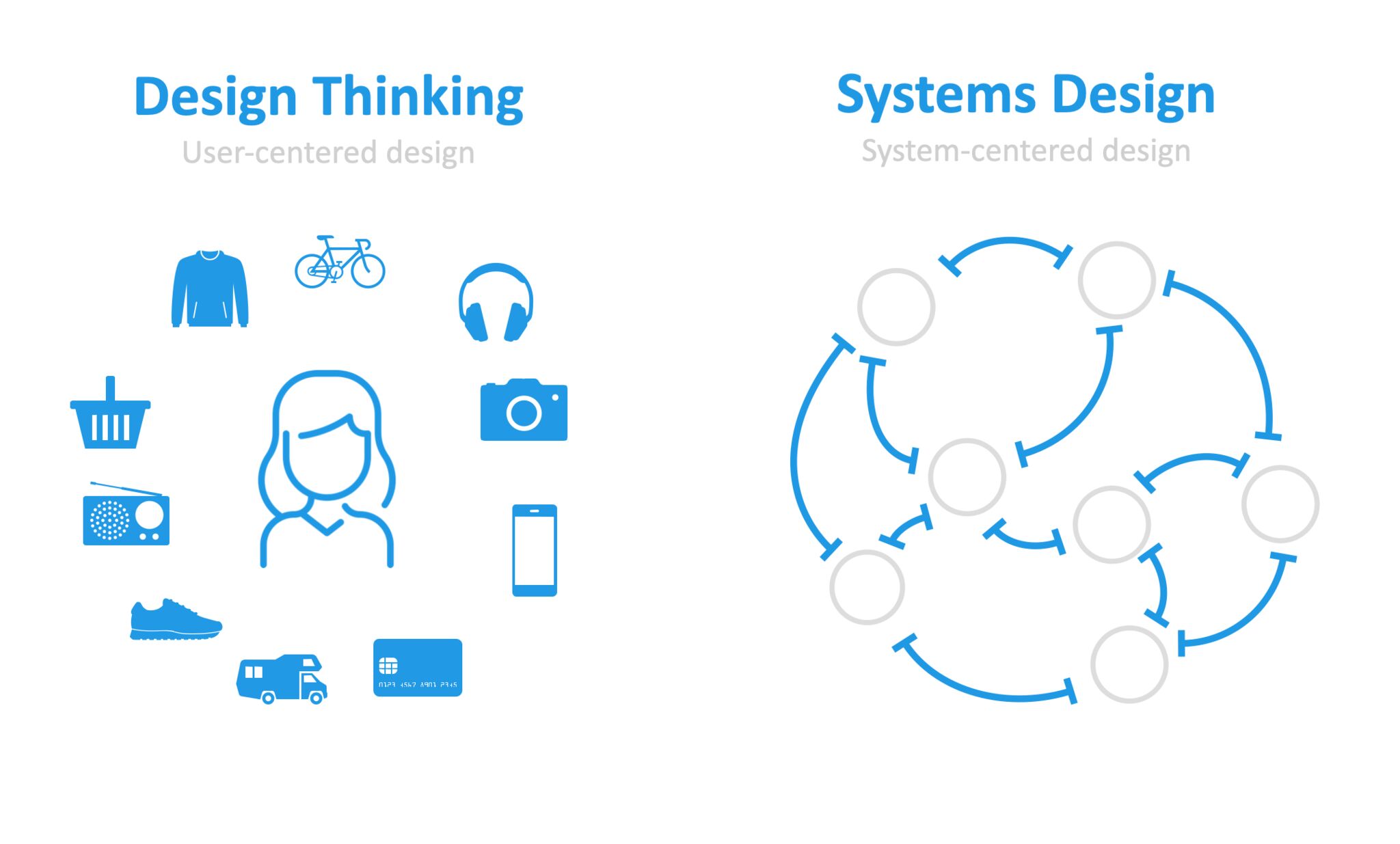
Innovative Problem-Solving:
Design thinking is a powerful approach to problem-solving that emphasizes empathy, creativity, and collaboration. As a subset of systems thinking, it offers a structured yet flexible framework for generating innovative solutions to complex challenges within your business environment.
Understanding Design Thinking:
At its core, design thinking revolves around understanding the needs of users or stakeholders, generating ideas, prototyping solutions, and iterating based on feedback. This human-centered approach encourages a deep understanding of the problem space and fosters creativity in exploring potential solutions.
Integration with Systems Thinking:
Design thinking seamlessly integrates with systems thinking, offering a complementary perspective on problem-solving. While systems thinking provides a holistic understanding of the interconnectedness of elements within a system, design thinking zooms in on specific challenges, leveraging empathy and creativity to devise targeted solutions.
Application in Product Development:
One of the key applications of design thinking is in product development. By empathizing with users, understanding their needs, and prototyping solutions iteratively, businesses can create products that truly resonate with their target audience. This iterative approach aligns with the principles of systems thinking, fostering adaptability and continuous improvement.
Case Studies in Design Thinking:
Explore case studies of businesses that have successfully applied design thinking to drive innovation and create user-centric products. These examples showcase how empathy, creativity, and collaboration can transform the product development process, leading to market success and customer satisfaction.
Interactive Design Thinking Workshop:
In our interactive workshop, we’ll engage in a design thinking exercise. Identify a specific challenge or opportunity within your business, apply the principles of design thinking to explore potential solutions, and prototype innovative ideas. This hands-on activity will inspire creativity and empower you to embrace design thinking within your entrepreneurial journey.
For more on Design Thinking
Transition to Strategic Planning as a Systems Approach:
As we conclude our exploration of design thinking, let’s transition to the concept of strategic planning as a systems approach. Join me in understanding how adopting a strategic planning mindset can align your business with its chosen environment, enhance adaptability, and drive long-term success.
